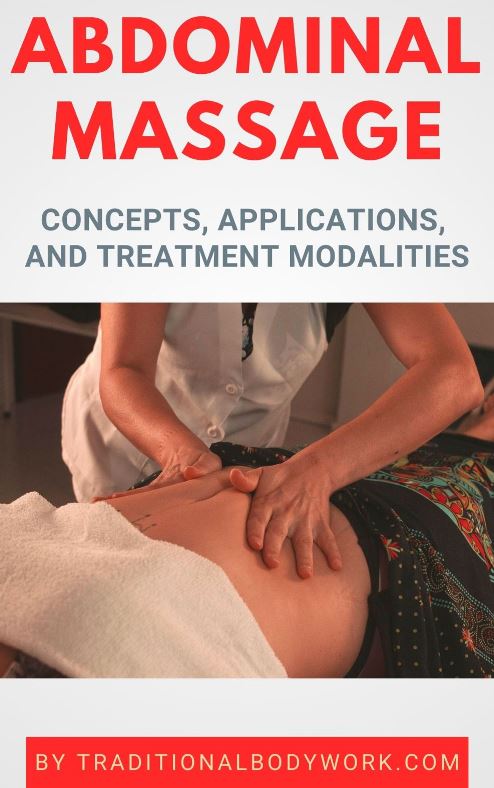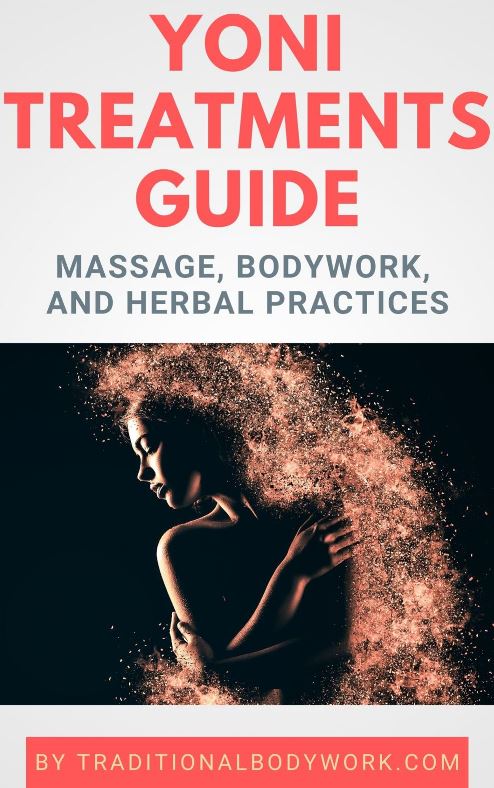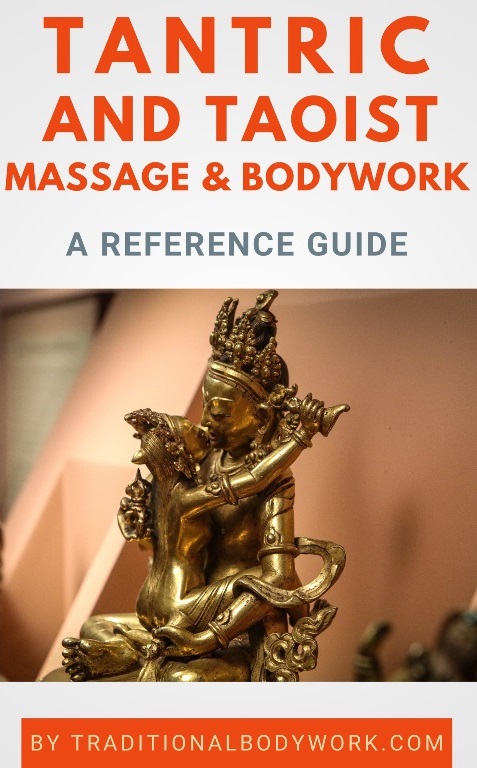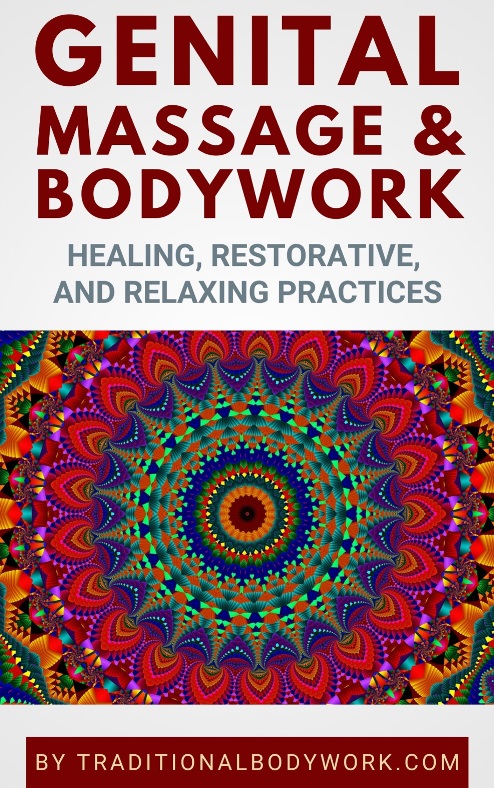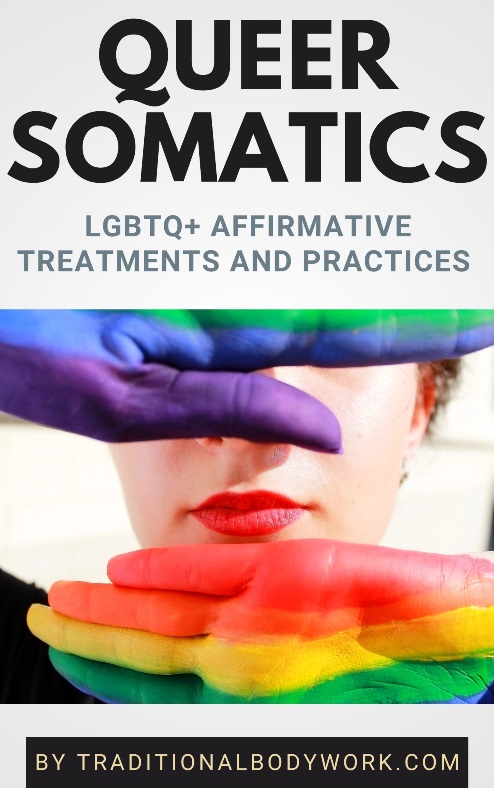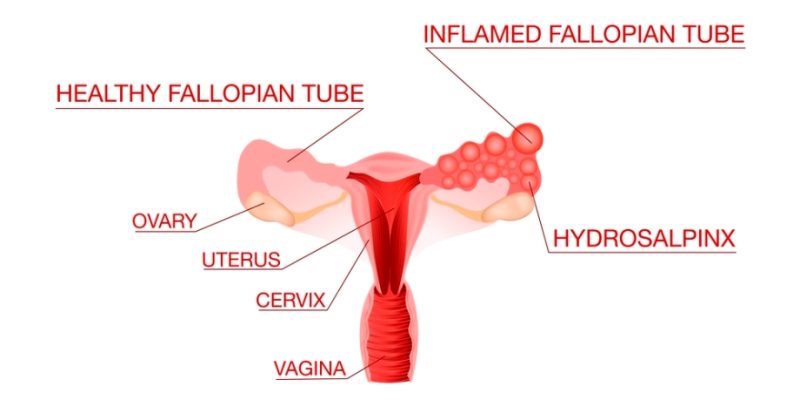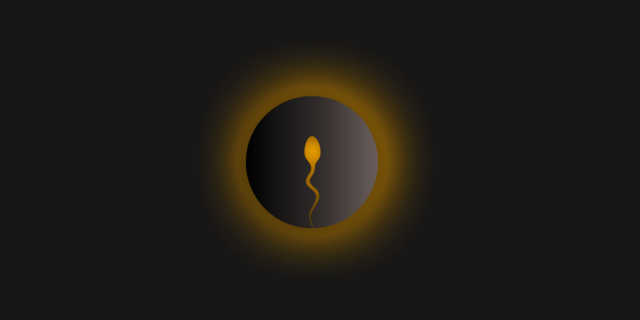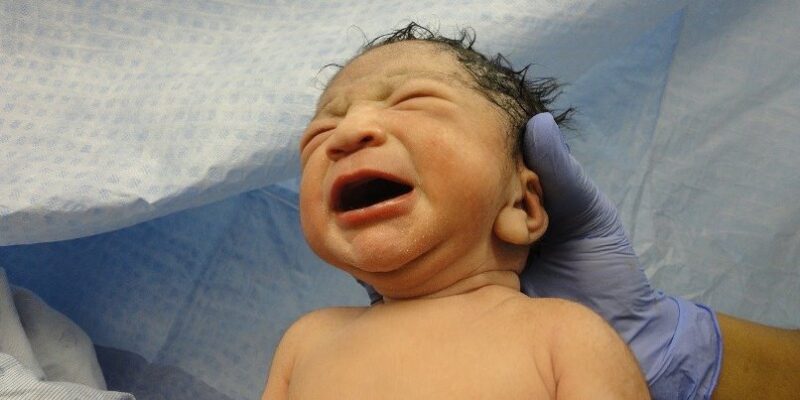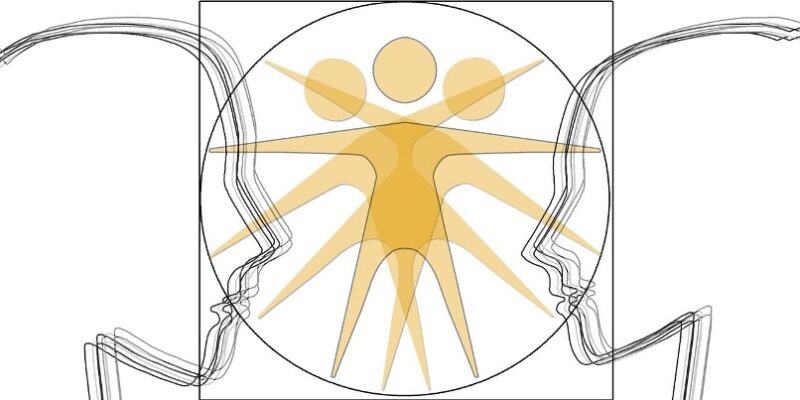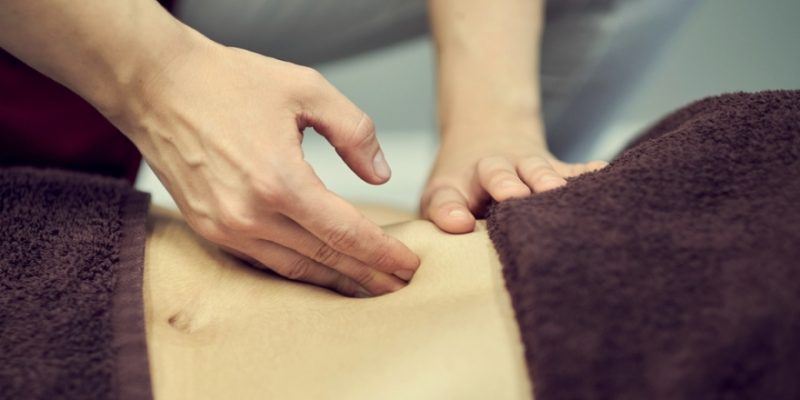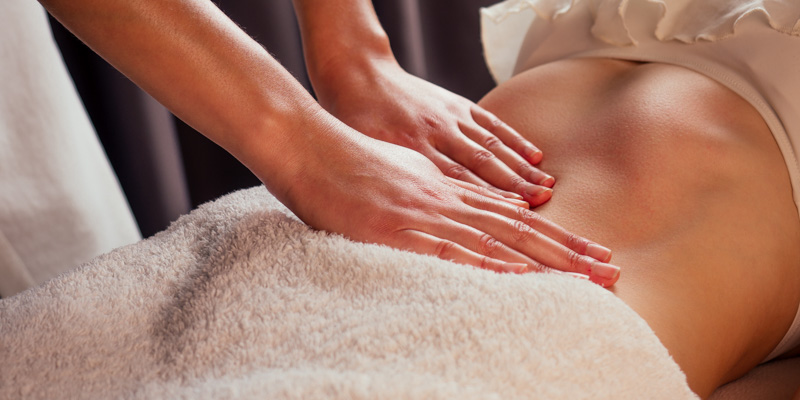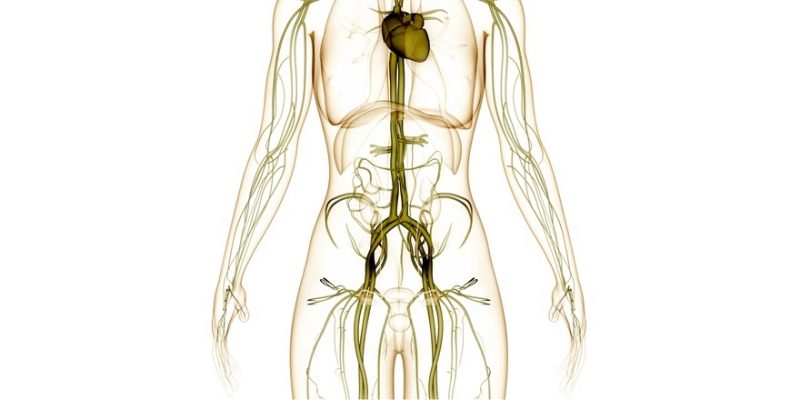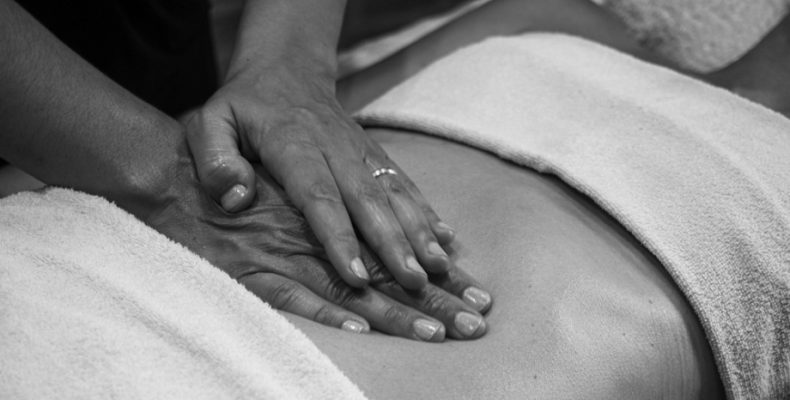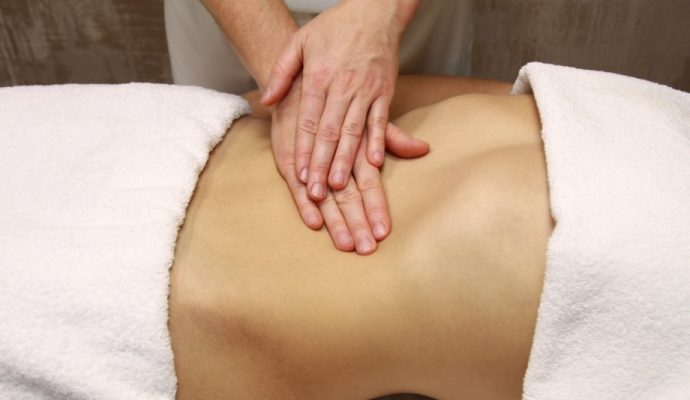
In an era where discussions about reproductive health are becoming prominent, many individuals are exploring different options to support their fertility journeys. Conventional medical treatments offer powerful and scientifically backed solutions. But there is a growing interest in holistic approaches that address the body, mind, and spirit.
One such method gaining recognition is fertility massage. This therapeutic practice, rooted in traditional healing techniques, offers a non-invasive, gentle, and empowering way to enhance reproductive wellness.
Across cultures, women have used abdominal massage to regulate cycles, reduce discomfort, and prepare the body for conception. Today, many women turn to fertility massage for its physical benefits and for the sense of balance and connection it provides.
The Modern Landscape of Reproductive Health
Reproductive health is shaped by a wide range of influences, including diet, stress, environment, medical treatments, and lifestyle choices. For instance, an MDPI article notes that a diet can help maintain optimal hormonal balance. It can also promote healthy ovulation to increase the chances of conception.
Similarly, lifestyle choices like using contraceptives can impact reproductive health. A Kaiser Family Foundation survey found that eight in ten women of reproductive age used some form of contraceptive in 2023-2024.
Using these contraceptives, especially hormonal ones like Depo Provera, can lead to side effects that can impact reproductive health. As you can read on https://trulaw.com/depo-provera-lawsuit/, Depo Provera is a contraceptive injection linked to brain tumors and infertility.
Many women who faced complications have filed lawsuits against the manufacturer. One of the most common side effects they have faced includes extended delays in fertility recovery. Plaintiffs have also stated that these complications sometimes lead to permanent infertility.
Women facing such challenges often seek complementary methods like fertility massage to restore hormonal balance and reconnect with their reproductive health.
Fertility massage, in this context, becomes more than a wellness practice. It offers women a way to engage with their bodies after medical interventions, creating space for relaxation, detoxification, and self-awareness.
How does stress directly impact reproductive health?
Stress triggers the release of cortisol, which can interfere with the hormones that regulate ovulation and menstrual cycles. Chronic stress may cause irregular periods or make conception more difficult. Fertility massage and other relaxation techniques are often recommended to reduce stress and improve reproductive function.
What Fertility Massage Involves
Fertility massage is a type of integrative medicine used by many fertile and infertile patients to maintain reproductive health. According to a BMC Journal study, over 25% of infertile patients use massage to treat infertility. Among these, fertility massage is one of the most commonly used, as it focuses on the abdominal and pelvic areas.
Practitioners use a combination of:
- Abdominal massage stimulates blood flow to the uterus and ovaries, which may support hormonal balance and improve nutrient delivery to these areas.
- Pelvic work helps release restrictions in ligaments and connective tissue, which can ease discomfort and support proper alignment.
- Lower back massage reduces tension in surrounding muscles, creating more freedom of movement and improving circulation.
- Breathwork and relaxation techniques calm the nervous system, lowering stress hormones like cortisol that can disrupt cycles.
- Energy-based practices (used in certain traditions) aim to harmonize the flow of life force energy, connecting reproductive health with overall vitality.
These techniques are not intended to replace medical care but to complement it. By improving blood flow, easing muscular tension, and encouraging relaxation, fertility massage creates an environment that supports reproductive wellness naturally.
How long does a typical fertility massage session last?
A session’s duration can vary, but usually ranges from 60 to 90 minutes. The length often depends on the practitioner’s training and the client’s needs. Longer sessions may include additional relaxation techniques, lifestyle guidance, or self-care practices to reinforce the benefits between appointments.
Emotional and Energetic Dimensions
Reproductive health is not just about the physical body. Emotions, stress, and past experiences deeply affect how the reproductive system functions. Fertility massage acknowledges this by addressing the emotional and energetic aspects of wellness.
Many women hold stress, trauma, or grief in their pelvic area. These may stem from medical interventions, pregnancy losses, fertility struggles, or even cultural shame surrounding menstruation and sexuality. All this stress can cause complications during childbirth.
For instance, an NCBI study states that levator ani avulsion affects 10–20% of women following vaginal delivery. In fact, it can also cause permanent damage to the pelvic floor. Gentle, intentional massage can help release these stored emotions, fostering a sense of safety and reconnection with the body.
In traditional healing systems, the womb is often seen as a center of creativity and life energy. Fertility massage acknowledges this perspective, encouraging women to honor their reproductive health as part of their overall well-being.
Integrating Fertility Massage into Wellness Routines
For women exploring fertility massage, consistency is an important factor. One session can feel relaxing, but regular treatments may help regulate menstrual cycles, reduce PMS symptoms, and create an optimal environment for conception.
Some women incorporate fertility massage into a broader routine that includes yoga, meditation, herbal remedies, and mindful nutrition. Self-massage techniques can also be learned, allowing women to take an active role in their care between professional sessions.
This not only helps reinforce the physical benefits but also builds a deeper connection with the body. It is, however, essential to find a practitioner who is experienced and trained in fertility or abdominal massage.
A knowledgeable guide can tailor techniques to individual needs, ensuring that the work is both safe and effective. This personalized approach makes fertility massage adaptable, whether a woman is preparing for conception, transitioning off contraceptives, or simply seeking balance.
Are there times when fertility massage should be avoided?
Yes, fertility massage should be avoided during menstruation, early pregnancy, or immediately after certain abdominal surgeries. Women with specific medical conditions, such as active infections or unexplained pelvic pain, should consult a healthcare provider before scheduling sessions. This will help ensure the practice is safe for them.
Fertility massage is not a cure-all, but it offers a gentle, holistic path to reproductive well-being. In a world where women often face complex choices about their health, practices like this provide balance. They remind us that caring for the body can be both a physical and emotional journey, grounded in touch, presence, and natural rhythms.

